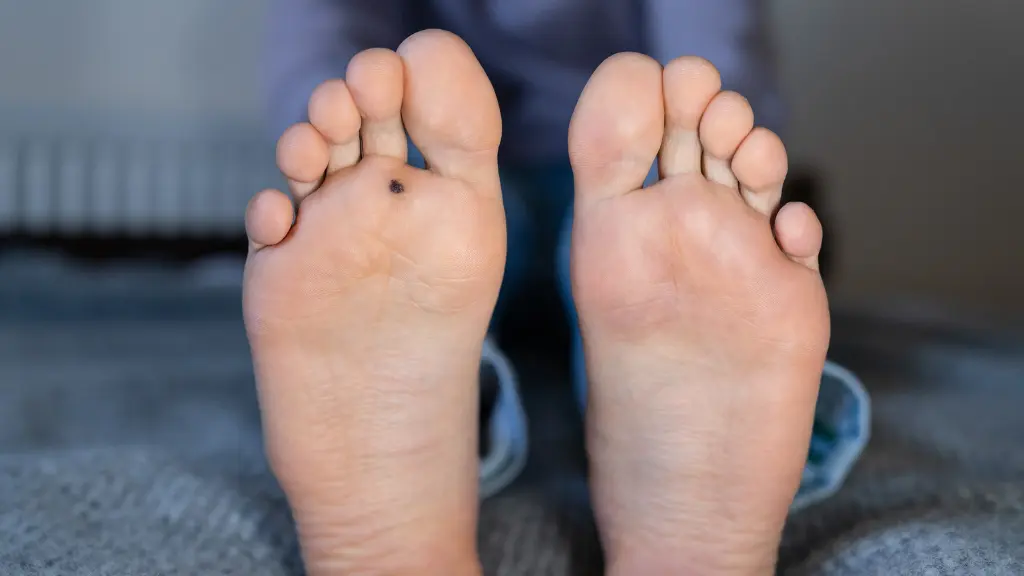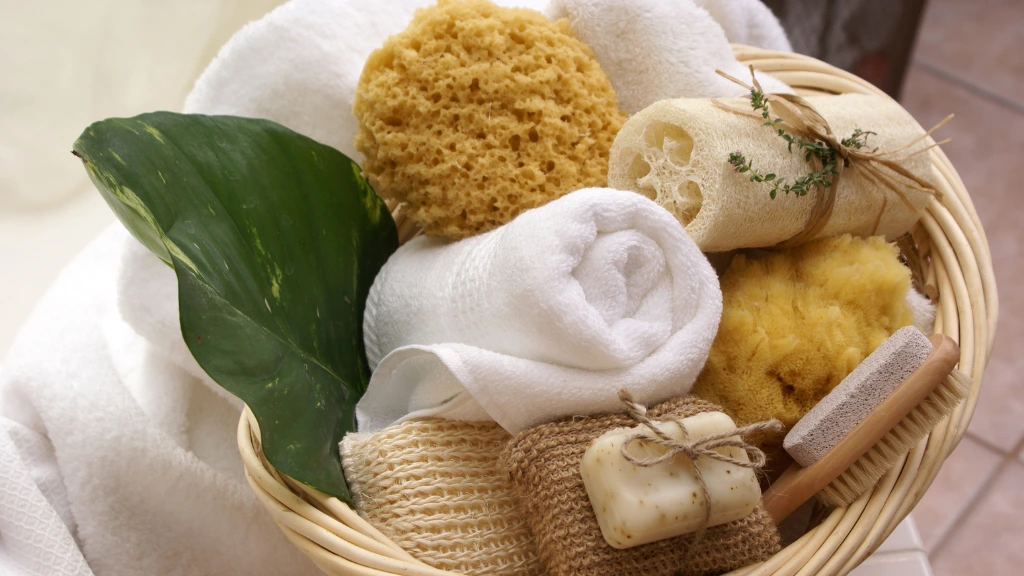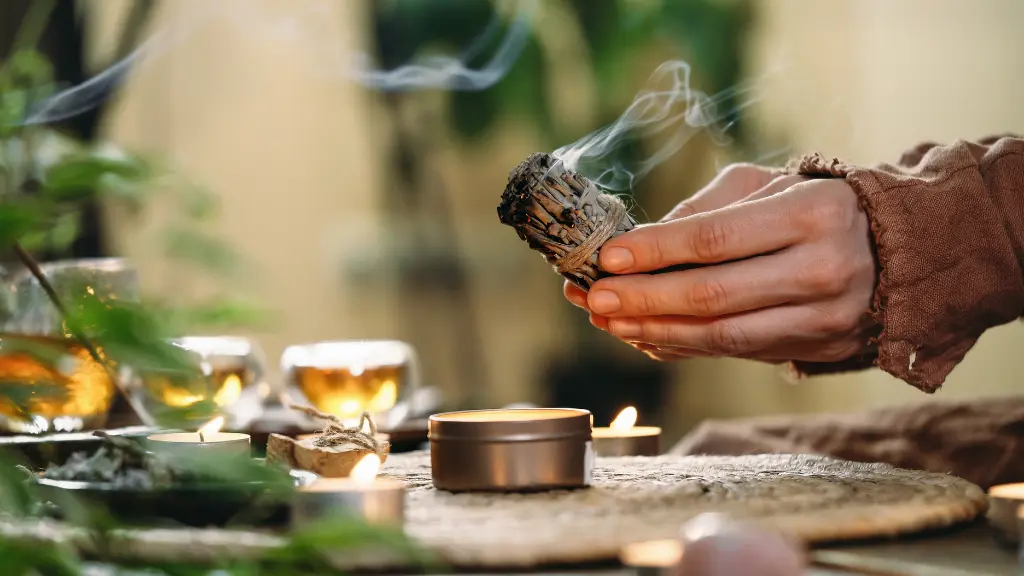Plantar warts are a common but often stubborn foot condition caused by the human papillomavirus (HPV). These warts typically appear on the soles of the feet and can be painful, especially when standing or walking.
While plantar warts are generally harmless, many people seek to remove them for comfort and aesthetic reasons.
Whether you’re dealing with your first plantar wart or looking for a more effective way to tackle recurring ones, there are several proven options.
This guide will cover the best treatments for plantar warts, including both home remedies and medical interventions, to help you make an informed choice about what might work best for you.
You May Also Like: Nuremberg vs. Cologne: Which is the Best Christmas Market in Germany?
Understanding Plantar Warts
Before jumping into treatments, it’s helpful to understand what plantar warts are and how they’re caused. Plantar warts are growths that develop on the bottom of the foot, often on weight-bearing areas like the heels or balls of the feet.
Unlike calluses or corns, warts are caused by the human papillomavirus (HPV). The virus can enter the skin through small cuts or scrapes, and it thrives in warm, moist environments such as locker rooms and swimming pool areas.
Signs and Symptoms:
- Raised, rough growths on the sole of the foot
- Tiny black dots (blood vessels) within the wart
- Pain or tenderness when walking or standing
Now, let’s dive into the most effective methods for treating and preventing plantar warts.
1. Over-the-Counter (OTC) Treatments
OTC treatments are often the first line of defense against plantar warts and are accessible at most drugstores. These products generally contain salicylic acid, which helps peel away layers of the wart.
How it Works:
Salicylic acid gradually softens and breaks down the wart tissue. Most OTC treatments recommend daily application, followed by gently filing away dead skin using a pumice stone or emery board.
Popular OTC Products:
- Wart remover pads or bandages
- Salicylic acid gels or liquids
Note: It can take several weeks of consistent use to see results with OTC treatments, and it’s essential to follow the instructions carefully.
2. Cryotherapy (Freezing Treatment)
Cryotherapy is a popular option for plantar wart removal, whether done at home or in a clinic. This method involves using liquid nitrogen to freeze and destroy the wart tissue.
At-Home Cryotherapy Kits:
Some at-home wart removal kits use cryotherapy, but they may not reach the extremely low temperatures that clinical treatments can. However, they can still be effective for smaller warts.
In-Clinic Cryotherapy:
When performed by a healthcare provider, liquid nitrogen is applied directly to the wart, typically requiring multiple treatments. The wart will form a blister, eventually falling off as healthy skin grows underneath.
3. Duct Tape Occlusion Therapy
Duct tape therapy is a well-known home remedy for treating plantar warts, and although research results are mixed, some people find it effective.
How It Works:
- Cover the wart with a small piece of duct tape, sealing it tightly.
- Keep the tape on for six days, then remove it, soak the area, and gently file the wart.
- After a day without tape, reapply and repeat until the wart disappears.
Theory Behind It: The tape is thought to suffocate the wart and stimulate the immune response. It’s a low-cost option, but it requires patience and persistence.
4. Apple Cider Vinegar
Apple cider vinegar is a popular natural remedy believed to have antiviral properties that can help remove warts.
How to Use:
- Soak a cotton ball in apple cider vinegar and place it on the wart.
- Secure with a bandage or medical tape and leave it on overnight.
- Repeat nightly until the wart reduces in size or disappears.
Be cautious, as apple cider vinegar can irritate the surrounding skin. Diluting it with water can reduce the risk of irritation.
5. Tea Tree Oil
Tea tree oil is known for its antibacterial and antiviral properties and is often used as a natural treatment for plantar warts.
Application Method:
- Apply a few drops of tea tree oil to the wart twice daily.
- Cover it with a bandage to help the oil absorb into the skin.
While evidence is limited, many find tea tree oil effective, and it may be a gentler option than some other methods.
6. Garlic Application
Garlic has antiviral and antimicrobial properties, making it a popular remedy for warts in natural medicine circles.
How to Use:
- Crush a clove of garlic and apply it directly to the wart.
- Cover with a bandage and leave it on for several hours or overnight.
- Repeat daily until the wart diminishes.
Garlic can be quite strong and may irritate the skin, so monitor for any adverse reactions.
7. Laser Therapy
Laser therapy is a more aggressive treatment and usually considered when other methods have failed. It involves a healthcare provider using a laser to target and destroy the wart tissue.
Pros and Cons:
- Pros: Effective for stubborn warts, with some people seeing quick results.
- Cons: Expensive and may require multiple sessions.
Laser therapy is typically used for particularly painful or persistent plantar warts.
8. Immune Response Boosting Injections
In some cases, doctors may recommend an immune response-boosting injection, such as bleomycin or candida antigen. These treatments are designed to stimulate the body’s immune response to attack the virus causing the wart.
Note: This is usually a last-resort option due to its higher cost and requirement for professional administration.
9. Preventing Plantar Warts
Once you’ve successfully treated a plantar wart, preventing future ones is essential. Here are some ways to avoid getting plantar warts:
- Wear shower shoes in public pools, locker rooms, and other communal wet areas.
- Keep your feet clean and dry, changing socks daily to reduce moisture.
- Don’t pick at warts or touch other people’s warts to prevent the virus from spreading.
- Avoid sharing towels, socks, or shoes, especially with someone who has warts.
When to Seek Medical Help
For persistent or painful plantar warts, or if you have a weakened immune system, it’s best to see a doctor. They can evaluate your condition and may recommend treatments such as cryotherapy, laser therapy, or immune-boosting injections if over-the-counter and home remedies haven’t been effective.
Conclusion
Plantar warts can be uncomfortable, but there are numerous ways to tackle them effectively. From over-the-counter treatments like salicylic acid to home remedies such as duct tape or apple cider vinegar, and even professional options like cryotherapy and laser treatment, there’s likely a solution that fits your needs.
Whether you choose to start with a home remedy or seek medical advice, consistency and patience are key. With the right approach, you can find relief and prevent future plantar warts from becoming a problem.










